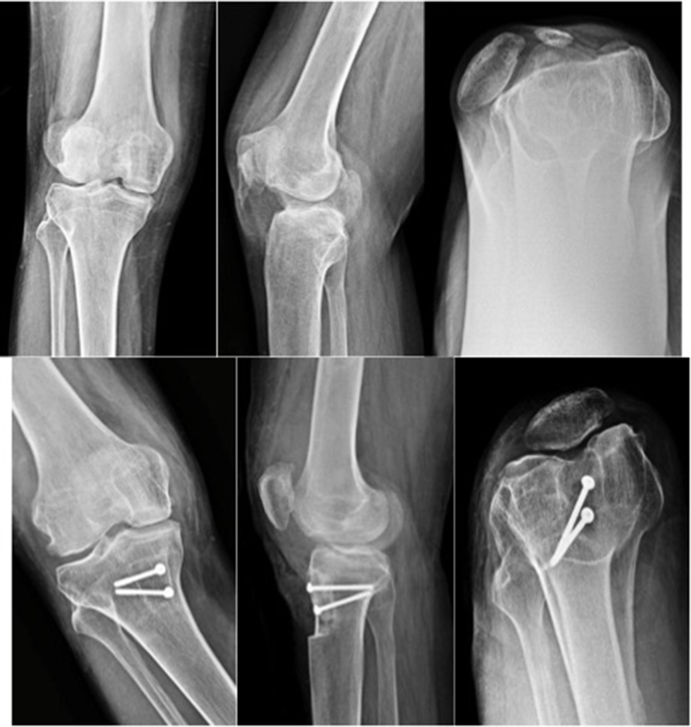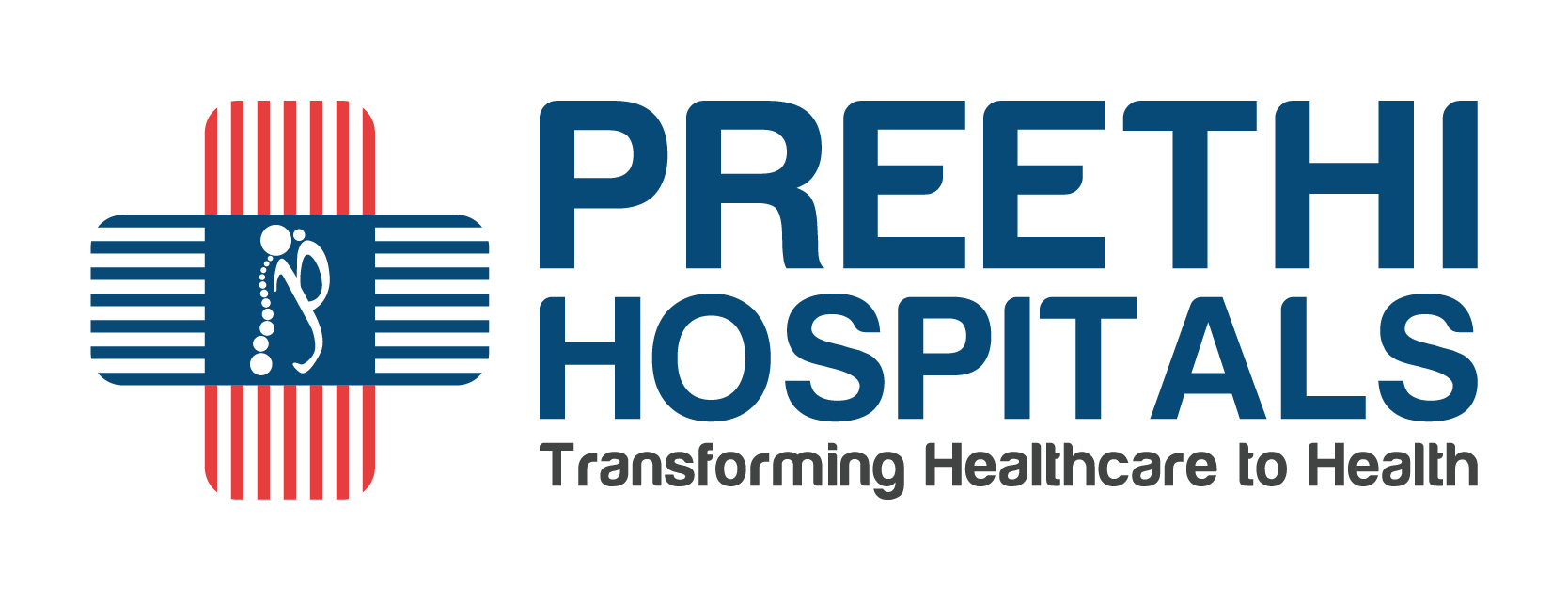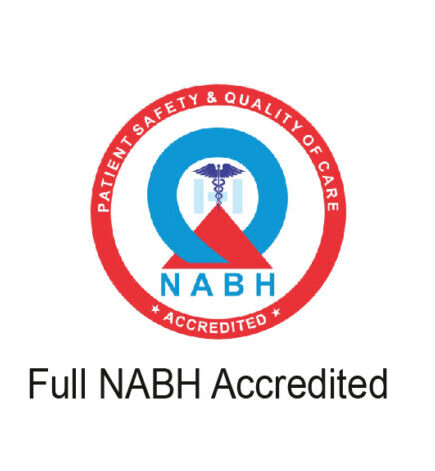- About us
- Departments
- Emergency Medicine
- Anaesthesiology & Critical Care
- Gastroenterology & Liver Transplant
- Dental & Cosmetic Surgery
- Oral & Maxillofacial Surgery
- Internal Medicine
- Diabetology
- General Surgery
- Geriatric Medicine
- Pulmunology
- Paediatrics & Neonatology
- Plastic & Reconstructive Surgery
- Rheumatology
- Urology & Andrology
- Endocrine Surgery
- Services
- Robotic Surgery
- Contact us
- Select Your Language
Thyroid storm an unusual postoperative complication – Can we evade it
- J Orthop. 2020 Sep-Oct; 21: 481–482.
- PMID: 32982104
- PMCID: PMC7498831
- Published online 2020 Sep 7.
- DOI: 10.1016/j.jor.2020.08.031
Abstract
We would like to share our experience of an unusual postoperative complication of thyroid storm in an otherwise healthy male who underwent surgery for his unreduced patellar dislocation, after an appropriate preoperative evaluation and preparation as for any orthopaedic procedure. It is very important here to understand that we routinely do not do thyroid function test for all patients until otherwise indicated with preexisting thyroid dysfunction, so how to identify this unusual complication which can be precipitated by poor drug compliance, infection, surgery or anaesthesia or pre existing thyroid disorders.
A preanaesthetic evaluation is a detailed interview with the patient to discuss the anesthetic plan, educate them about entire procedure and postoperative care. Usually aimed to identify risk factors, preexisting medical comorbidities, manage preoperative medications, can occasionally help identify occult disease which can influence the outcome and also to anticipate and prevent intraoperative and postoperative complications.
In our case of 22 year old male admitted with the history of 4-year-old posttraumatic neglected patellar dislocation after complete uneventful preanaesthetic evaluation except for a squint eye, was taken up for diagnostic knee arthroscopy with open reduction, combined proximal and distal realignment procedure (medial retinacular, VMO repair and tibial tuberosity transfer).
6 hours post surgery patient developed high grade fever (103° F), tachycardia (130/min), hypertension (180/100 mm hg) along with severe pain over surgical site for which he was treated with titrated intravenous opioids and NSAIDS, antipyretics and other cooling measures. Symptoms continued on first postoperative day. Epidural analgesia was initiated and pain reduced significantly but tachycardia (140/min) and fever spikes (103° F) persisted wound inspection was uneventful. Inflammatory markers with blood and wound cultures were done. On 2nd postoperative day patient had nausea, vomiting, altered sensorium (restlessness, disorientation), but no clinical signs of meningism and CT brain was normal. A blood sample for thyroid function test was sent suspecting hypermetabolic state, which revealed severe hyperthyroidism (FT3 – 17.05 pg/dl, FT4 – 80.71 ng/dl and TSH 0.08mu/l). A diagnosis of thyroid storm was made according to Burch-Wartofsky score2 and Japanese thyroid association criteria.
Patient was treated with antithyroid drugs, beta-blockers and steroids, he responded well and his thyroid function test became normal in due course of treatment. The main physical signs of thyrotoxicosis are tachycardia with a full bounding pulse, hypertension, atrial fibrillation, pyrexia and sweating, tremor, diarrhoea, agitation and confusion, an enlarged thyroid gland is usually but not always present.4 Timely recognition and aggressive management helped to preventing mortality and morbidity in an otherwise young normal patient. He was subjected to aggressive rehabilitation after 6 weeks and on regular follow up tibial tubercle transfer healed well with excellent outcome on Kujala Anterior Knee Pain Scoring at latest follow up of 2 years in spite of an unexpected dreadful complication.
A complex case of neglected patellar dislocation well planned and executed surgery [Fig. 1] an unexpected, unusual complication of thyroid storm with very high mortality, where symptoms mimics postoperative infection was timely diagnosed and managed well hence this double whammy was averted. So thyroid storm can be kept as a rare differential diagnosis in.
Conflict of interest statement
Conflict of Interest: Nil.
Figure

Fig. 1
Collage of Pre-op X-ray of neglected laterally dislocated patella and Post-op x-ray of healed osteotomy with well-reduced patella.
Doing routine pre operative thyroid function test in all patients or high-risk patients can avoid this situation.








